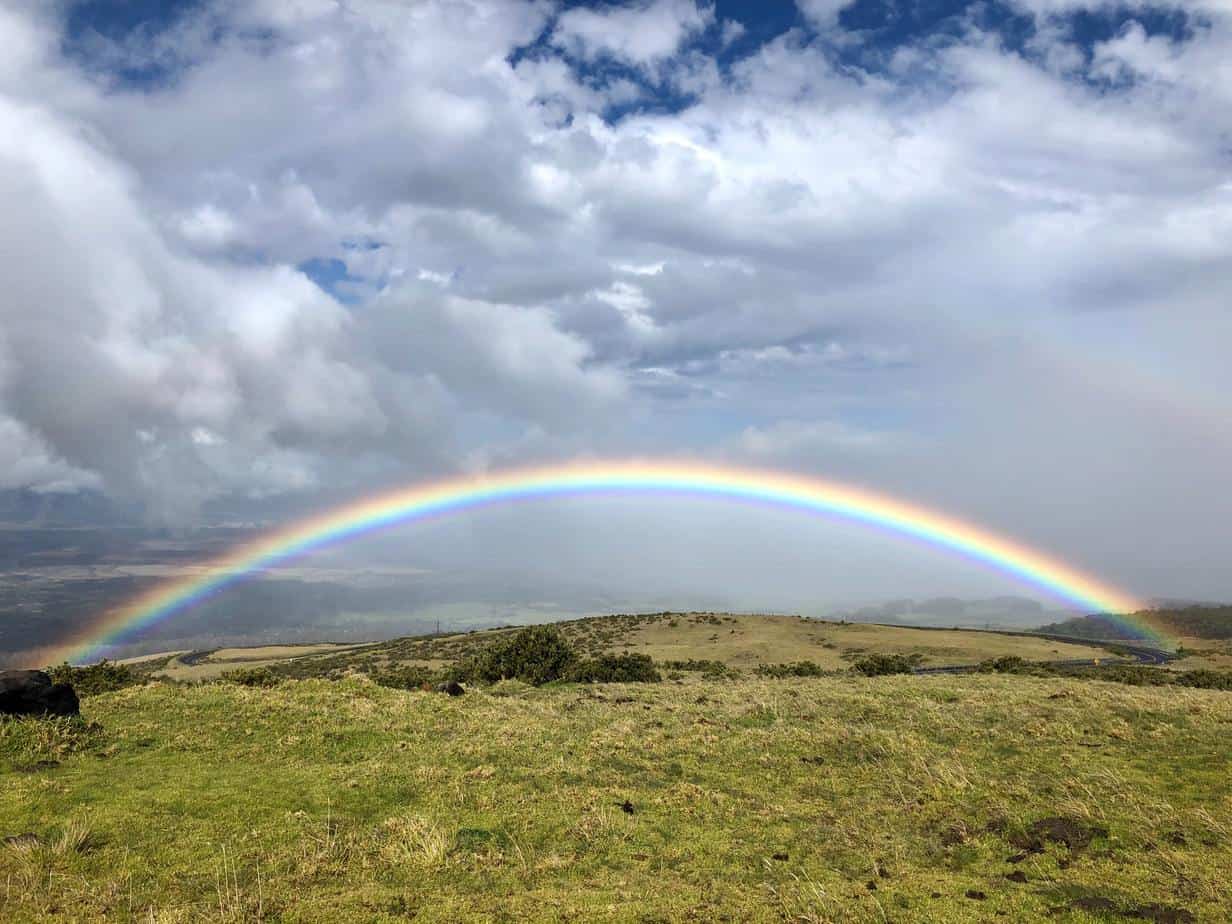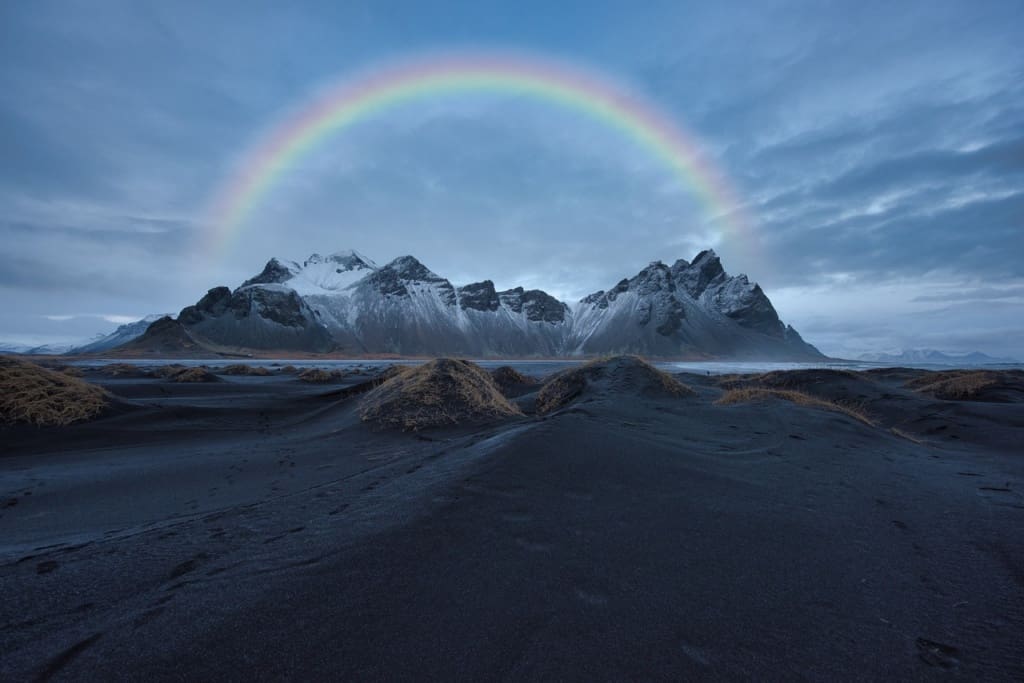
Because of its colorful and unique appearance, many legends and myths have grown up around the rainbow. The Irish once believed that dwarves stored a pot of gold at its end. The truth is, however, that you can only see it if you are in the right place at the right time. Check what scientists say about a rainbow!
A rainbow is a meteorological phenomenon, which is created by splitting of sunlight. Light falls into a drop of water, bounces off its inside and splits into waves of different length, which take on different colors
It is worth remembering here, that a rainbow is not formed in a particular place. It is an optical phenomenon that appears with the right sunlight and atmospheric conditions. You will only see it if you are standing in the right place. If you have ever observed it – you are lucky
For this phenomenon to occur, water droplets must float in the air. Therefore, you can often see it after it rains. Interestingly, a rainbow has the shape of a full circle. From the ground we can see only a part of it. Sometimes you can see the whole rainbow while flying in a plane.
Sunlight is made up of many wavelengths. They bend at different angles when light enters a drop of water. Violet (the shortest wavelength, about 380 nm) bends the most, and red (the longest wavelength, about 780 nm), the least
The visible colors are not a pure spectrum; there is some mixing and blurring. The human eye will see many shades, but still many people say that the rainbow consists of seven colors: red, orange, yellow, green, blue, indigo, and violet
The shades you see are the result of light splitting into wavelengths of different colors. This gives us a spectrum of colors that range from the shorter blue and violet wavelengths to the longest red. This sequence creates a distinctive pattern, familiar since childhood.

The Greek philosopher Aristotle first began to think about the rainbow and its colors as early as 350 BC. His ideas were collected and developed by the Roman philosopher Seneca the Younger around 65 AD. Seneca was surprisingly ahead of the times in which he lived. Interestingly, he even predicted Newton’s discovery of the prism effect centuries later.
Thinkers, philosophers and naturalists over the centuries have studied the phenomenon of the rainbow effect, noting its appearance not only in the sky, but also in other circumstances. In each case, two elements were necessary: water vapor (or droplets) and sunlight. Finally, Isaac Newton proved that white light consists of a spectrum of color by splitting it with this prism. He also noticed that the order of the colors of the rainbow never changed. He came up with the theory that the spectrum includes seven colors: red, orange, yellow, green, blue, indigo, and violet.
Most raindrops are spherical, not “teardrop” shaped. It is this spherical shape that provides the conditions for seeing this unique optical phenomenon. The position of the sun and the raindrops relative to the observer must be just right for a rainbow to form. The sun should be behind the observer. Additionally, it must be low in the sky, at an angle less than 42° above the horizon. The lower the sun wanders in the sky, the larger the arc you will see.
Interestingly, the size of the raindrops, does not directly affect the shape of the rainbow, but fog can cause more scattered light. Semi-circular rainbows appear over a horizontal ground only at sunrise or sunset. If the sun is exactly on the horizon, you will see only a small part of the rainbow.
A double rainbow is formed when sunlight is reflected twice in a raindrop. You can then see two magnificent rainbows in the sky. The view is breathtaking
Photo Karson/Unsplash